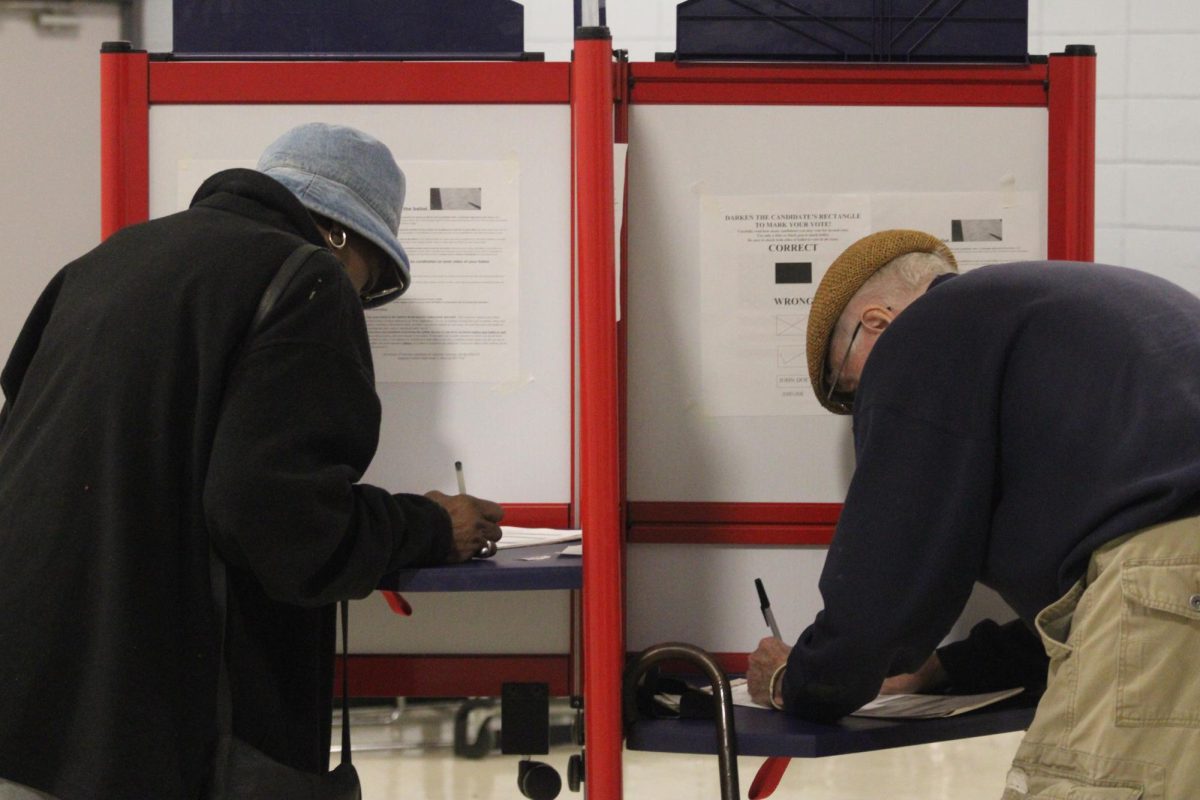Trump, testing limits of presidential authority, declares border emergency
Olivier Douliery | Abaca Press
U.S. President Donald Trump declares a national emergency to build his promised border wall during a press conference in the Rose Garden of the White House on Feb. 15, 2019 in Washington, D.C.
February 15, 2019
WASHINGTON — President Donald Trump capped months of speculation and two years of failed negotiations over fortifying the southern border by declaring an emergency today, initiating almost certain legal challenges over the extent of his executive power as well as a new set of political risks.
The declaration is intended to circumvent Congress, which has refused to spend the billions needed to deliver on Trump’s central campaign promise, a wall he had long insisted would be paid for by Mexico.
Administration officials say Trump could use emergency powers to divert money from some other government construction projects to build border fences.
Advertisement
It is unclear how much money Trump will ultimately try to spend without congressional approval. The answer will depend on his tolerance for taking money from other priorities — including military and disaster relief — as well as the risk that tapping some pots of money could expose him to more legal risk.
Trump has relaxed his demand for a solid structure that would cover the length of the border, yet still insists that hundreds of miles of steel bollard fencing are essential to the nation’s security.
So far, no additional miles of border fence have been built under his presidency, a contrast with each of his last three predecessors, but Trump has tried to persuade supporters that he’s making progress, in part by adopting a new slogan that implicitly takes credit for work previous presidents have done: “Finish the wall.”
Despite Republican control of both houses of Congress in his first two years in office, Trump was unable to strike a deal, in part because Democrats thwarted him, but also because fellow Republicans declined to make his wall their priority and he spurned deals that would have required him to accept compromises. Once Democrats took control of the House, his negotiating position worsened.
Congress could seek to overturn Trump’s emergency declaration, forcing him to use his veto power to defend his effort. Opponents have already said they would challenge him in court.
In addition to a likely court fight over whether his emergency declaration is a valid use of presidential power, aggressive building plans could open Trump to confrontations with landowners along the border who have argued that building a barrier through their property violates their rights.
Fences already line nearly all the border from the Pacific Ocean through California, Arizona and New Mexico — just short of 700 miles, mostly through publicly owned land. But the more than 1,000 miles of borderland in Texas mostly lies in private hands and is mostly unfenced.
Advertisement*
Trump, who is eager to show supporters he is keeping his promises, could opt to spend less money and build fewer miles if he believes his supporters will give him credit for the sheer act of boldness in declaring an emergency.
Even that support is far from a slam dunk, however.
Ann Coulter, the conservative commentator, called the declaration a “ruse” that “was always just a way to fool the rubes in his base” in a Thursday night tweet. She faulted Trump for accepting a bill passed by Congress on Thursday that funds just $1.375 billion for border barriers, but nothing for a wall, far less than the $5.7 billion Trump sought or the $25 billion over several years that he had rejected as part of a larger deal early last year.
Fox host Sean Hannity, another conservative media advisor, has been encouraging the national emergency move, writing on Thursday that “Trump keeps his promises. I predict he’ll find a way to get the money to build the wall.”
The decision epitomizes Trump’s tenure in the White House. While other presidents have wielded emergency authority, they have generally done so to sanction foreign adversaries or combat domestic crises, such as epidemics. Trump is pushing beyond what others have tried in pursuing an emergency declaration to fund projects that were explicitly rejected by Congress, which has the constitutional power of the purse.
Some Republicans have cautioned him against taking this step, fearing future Democratic presidents would seek to declare emergencies to battle climate change, enact gun control measures or tackle other ideologically polarizing initiatives.
Trump was among the vocal group of Republicans who accused President Obama of overstepping his authority when he issued executive actions to preserve public lands and protect millions of immigrants from deportations.
Polls show overwhelming opposition to Trump’s decision. Yet Trump, as he almost always does, believes the potential political payoff for his political base is worth the long-term risks to the institution and the short-term risks to his party. He sees keeping his core supporters placated as essential to his reelection prospects.
“Only one-third of the public supports using an emergency declaration to build a border wall. The question is whether Trump has plans to explain this decision to try to broaden that support or if this is simply a move to satisfy his base,” said Patrick Murray, director of the nonpartisan Monmouth Poll.
Monmouth released a survey in late January showing just 34 percent of Americans favor using an emergency declaration that would allow the use of military funds for the wall.
Advertisement










